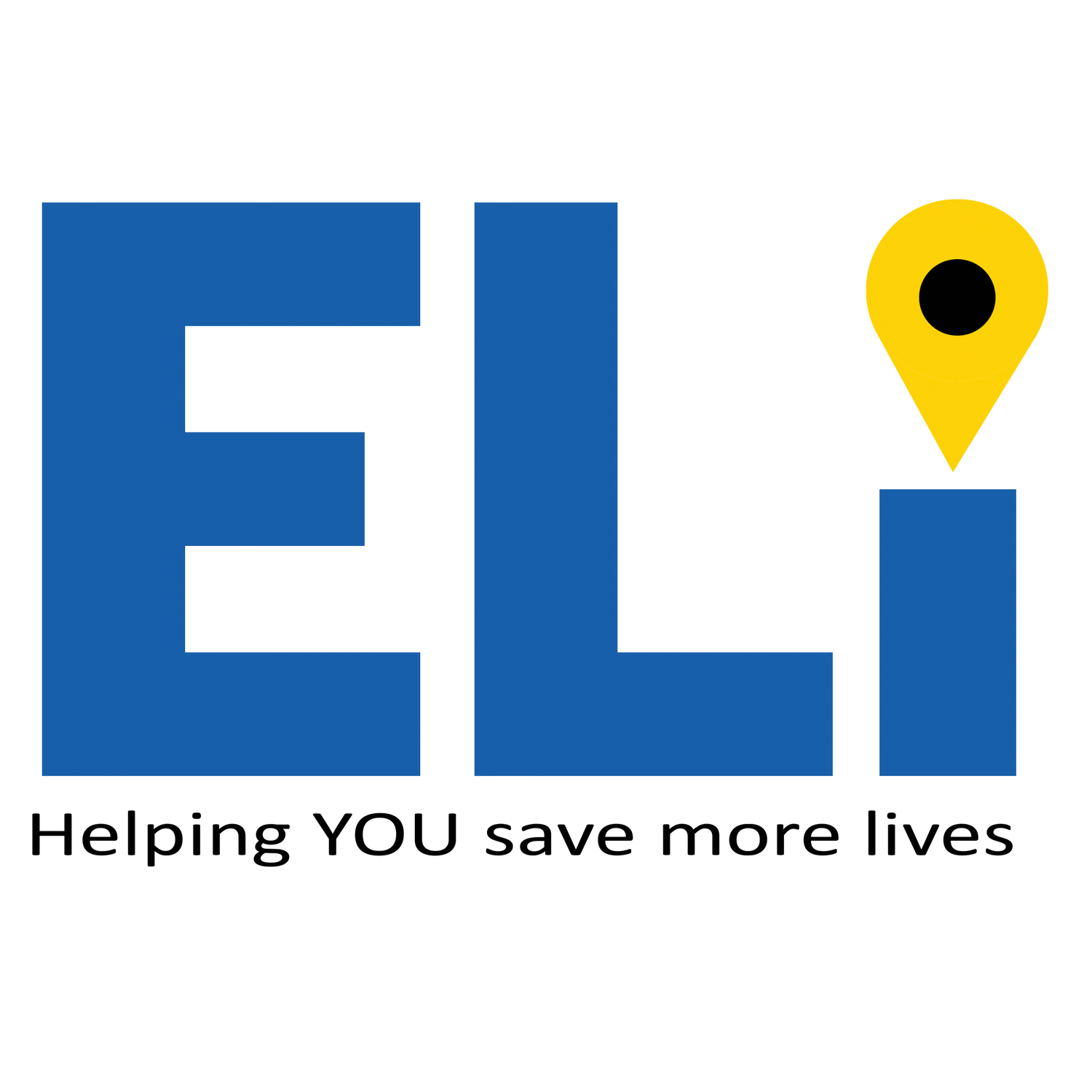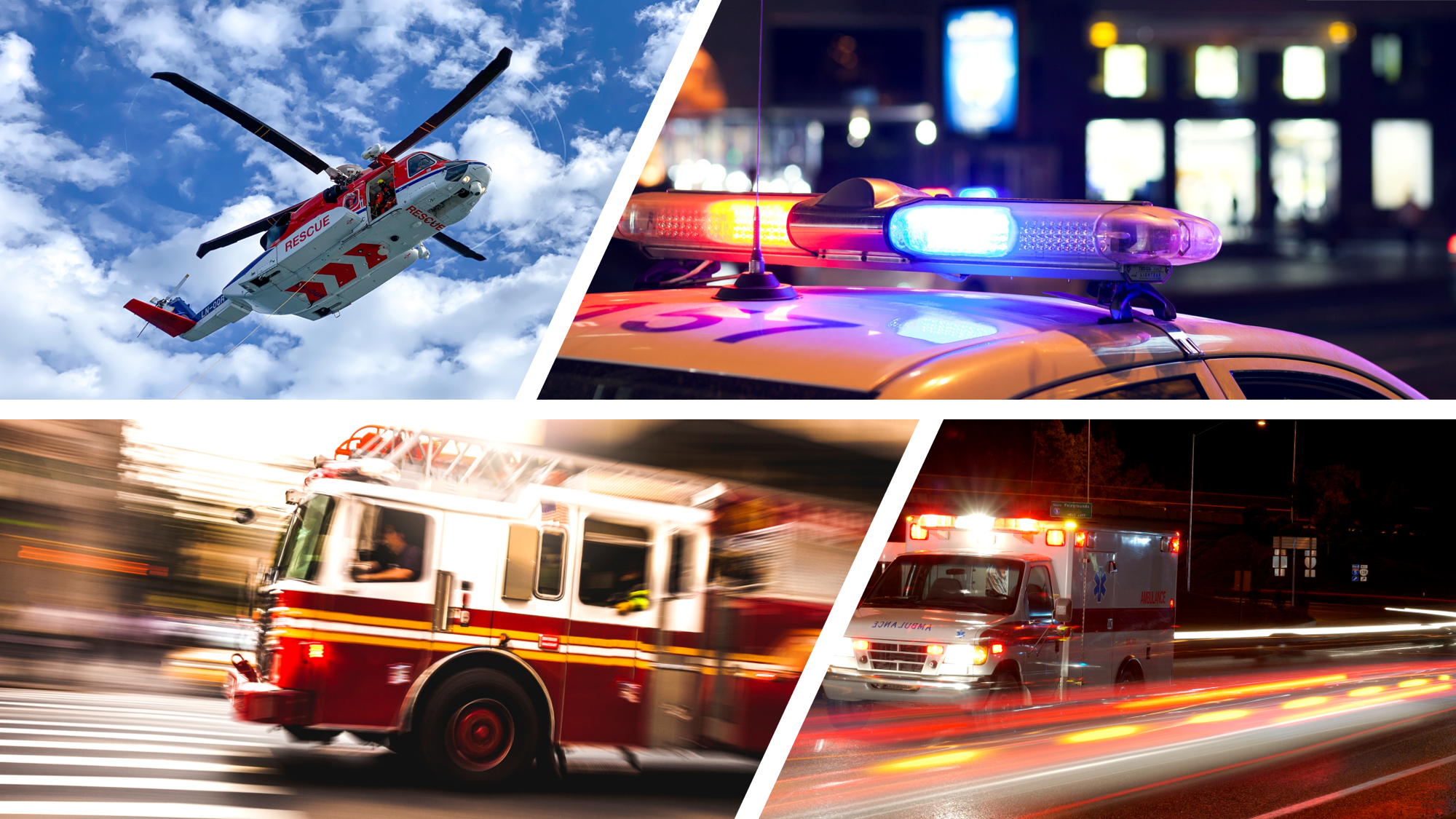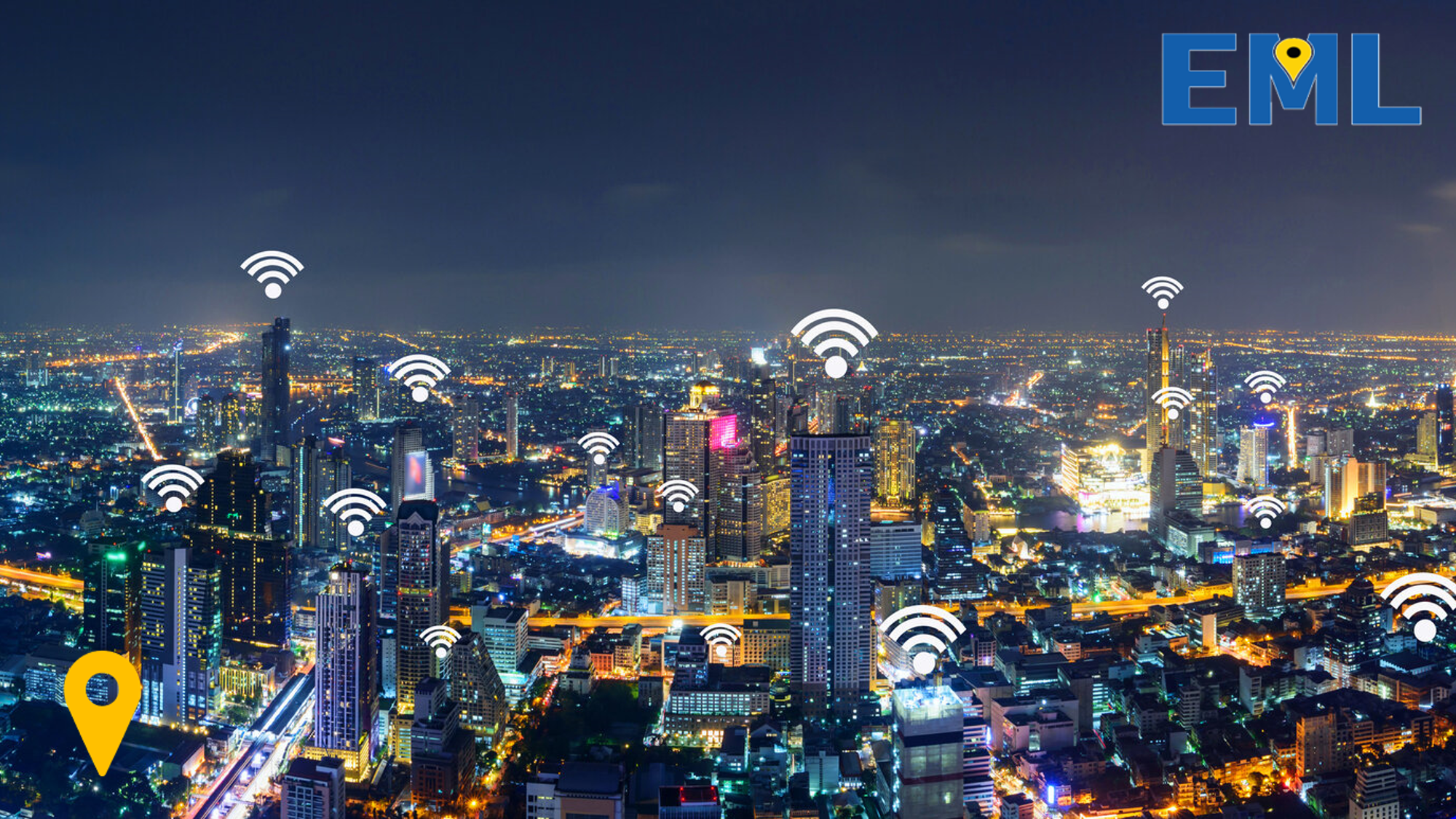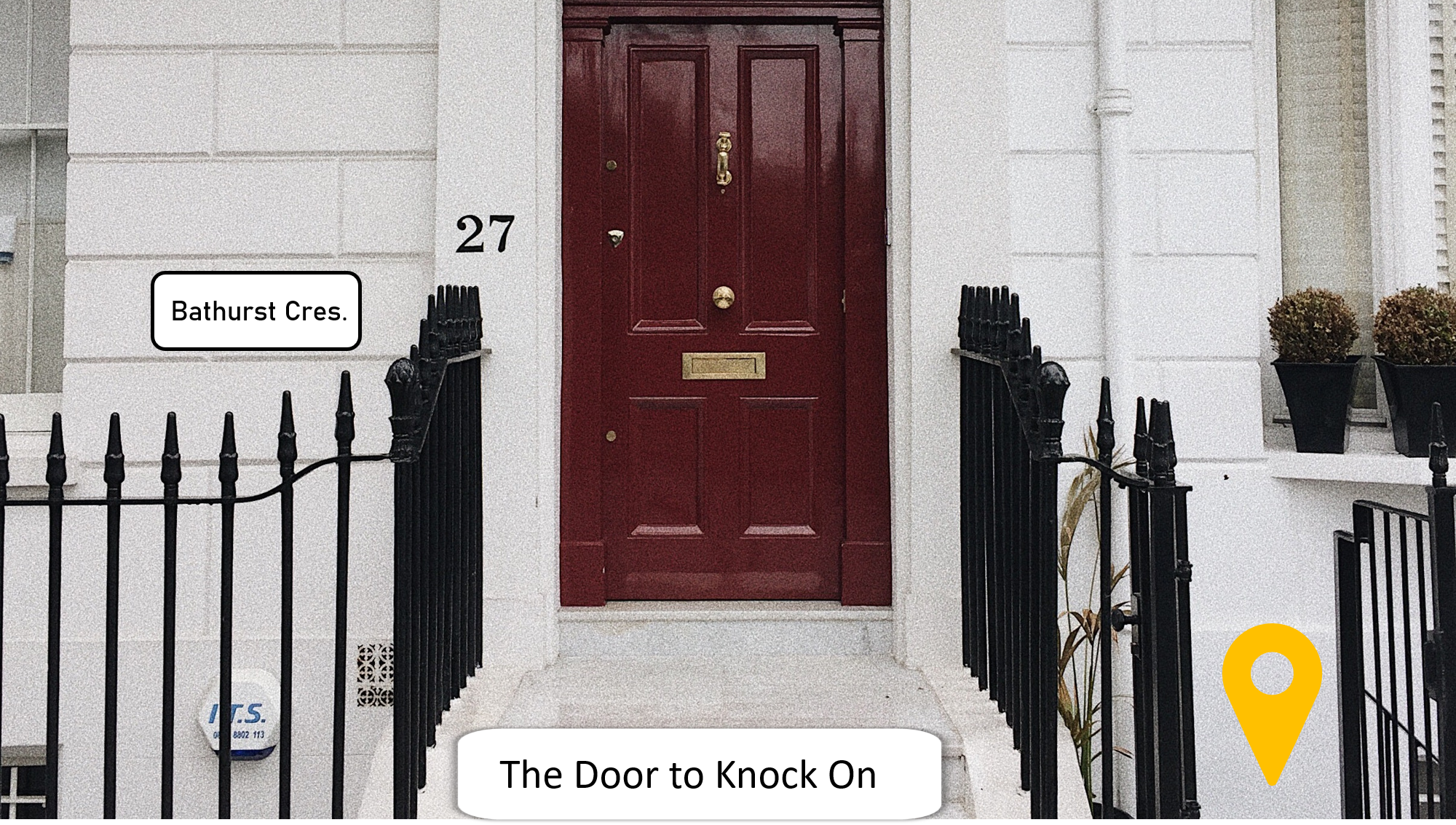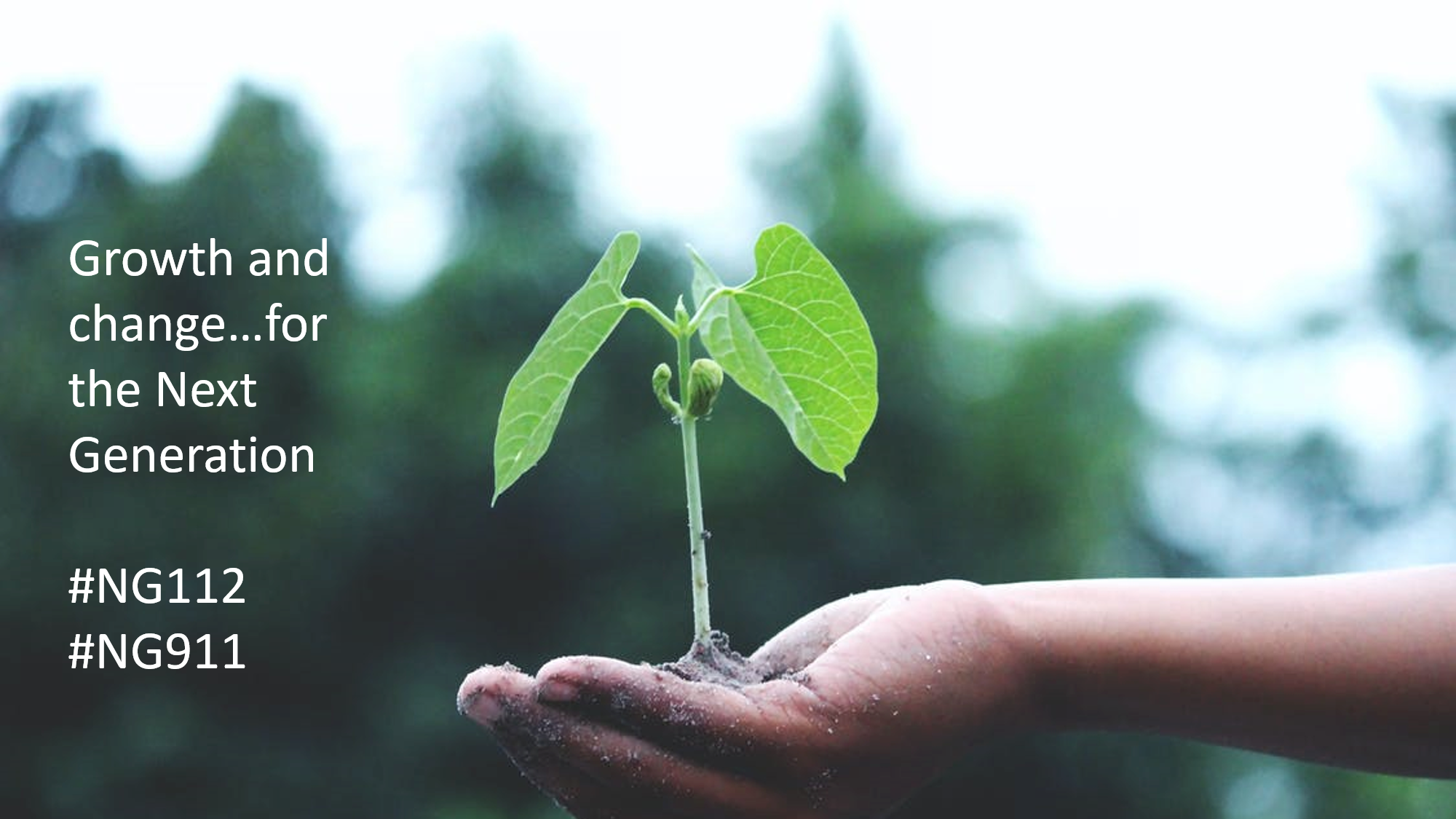If you have been anywhere near social media or even just the internet over the last 10 years you have most likely heard of “Find your WHY”, or “Start with WHY”, by Simon Sinek, David Mead, and Peter Docker.
What is finding your why?
To put it simply, it’s your purpose, belief or cause which fuels you every day. And it’s important, because to quote from the book:
“Your vision is only actionable if you say it out loud. If you keep it to yourself, it will remain a figment of your imagination.
One of the most powerful tools at your disposal is also the simplest: storytelling... Storytelling is the way knowledge and understanding have been passed down for millennia, since long before the invention of written language. Storytelling is part of what it is to be human. And the best stories share our values and beliefs…Those stories are both the source of our WHY and the fuel that keeps our WHY alive.”
So, with that being said, please take a seat around our virtual campfire, we’d to like to share some of our WHY stories with you.
Why? Because it defines who our company is and why we are here. Plus we had some great professional headshots done ;)
Our WHY guides each of us at ELi every day, it grounds us, reminds us of what is important, and drives us to keep conversations going. It’s our company’s purpose and our team’s motivation.
Troy Yeo
ELi Technology’s Director of Finance and Administration
A business is successful to the extent it provides a product or service that contributes to happiness in all of its forms” ~ Mihaly Csikszentmihalyi
At ELi, our technology directly contributes to saving lives, and reducing loss, stress and ultimately unhappiness in times of dire need and life-altering consequences.
Emergency situations happen every second of every day. I am very fortunate to work with a committed team with a technology that can save lives, making the world a better place.
This has to be the ultimate career goal for anyone – the ultimate “Why”.
ELi is a generational organization to a global community, and I am very excited and proud to be part it. This is my “Why?”.
